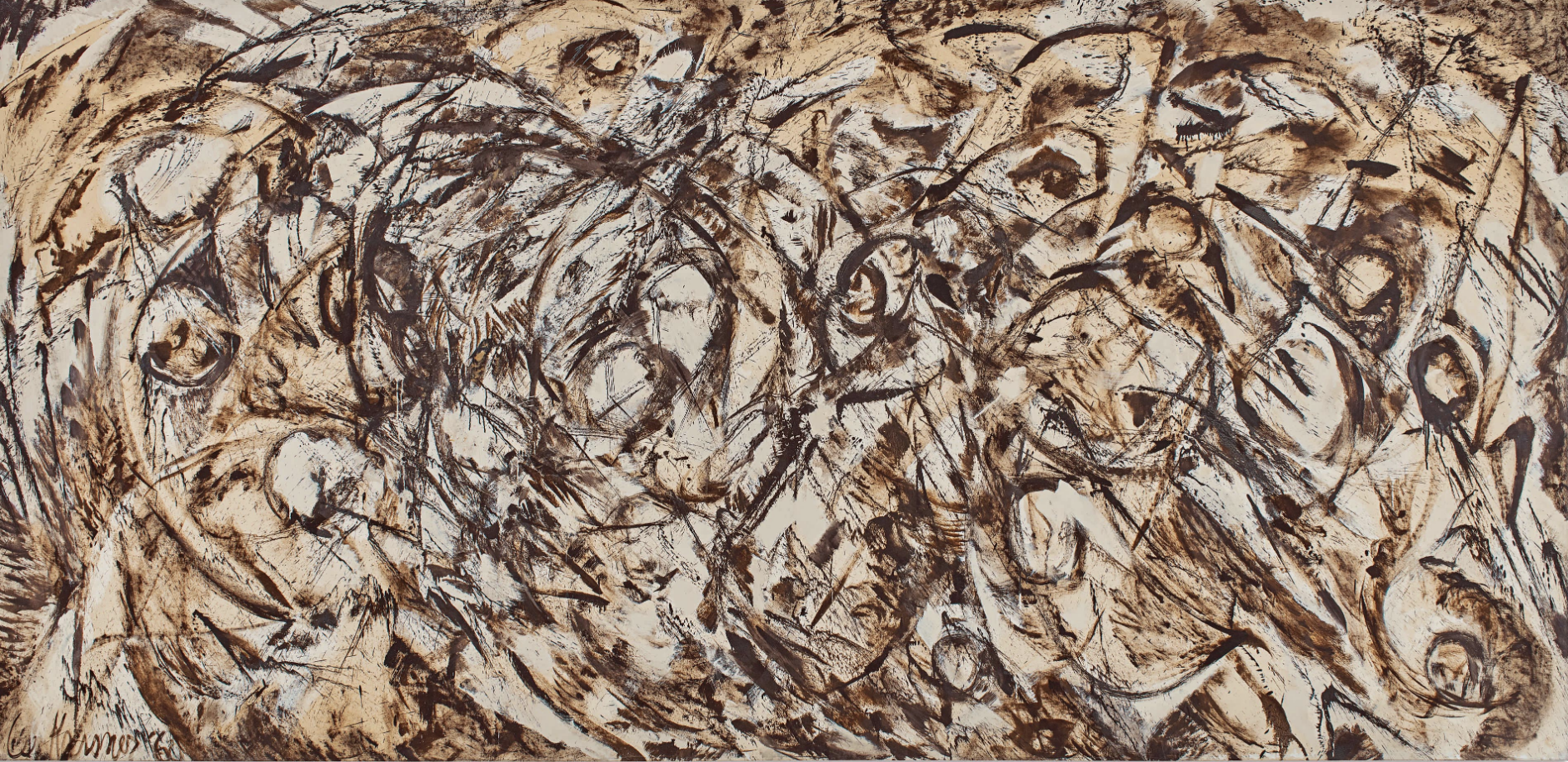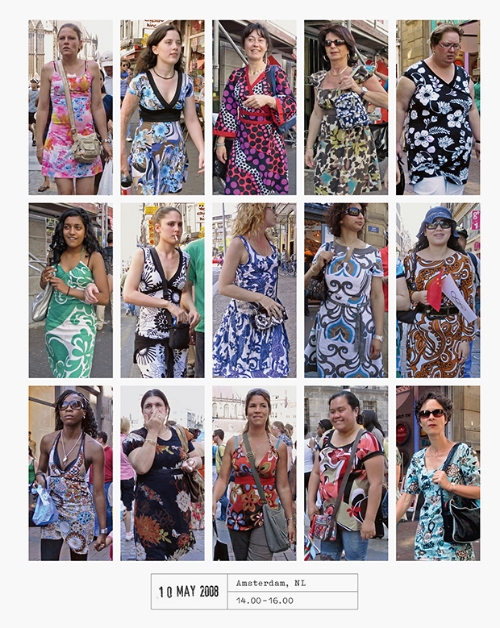Lee Krasner: Listening To Your Inner Rhythm
Lee Krasner, The Eye is the First Circleis
‘I was a woman, Jewish, a widow, a damn good painter, thank you, and a little too independent.’
Lee Krasner
I recently attended an exhibition of the American abstract expressionist painter Lee Krasner (‘Living Colour’ at the Barbican, London, until 1 September).
Krasner was born in Brooklyn in 1908 to Jewish parents from the Ukraine. There were no artists in her family, but at 14 she determined that she wanted to become a painter, applying to the only school in New York that offered an art major for girls. She went on to learn classical drawing techniques at the National Academy of Design and cubism at the Hans Hofmann School of Fine Arts.
Early in her career Krasner created murals for public buildings and during the war she designed collages for the windows of New York department stores. She became part of the vibrant New York art scene, hanging out with fellow abstract painters like de Kooning, Rothko, Newman and Still.
On meeting one of her heroes, Piet Mondrian, Krasner discovered he was a fellow jazz fan and took him dancing at a Greenwich Village nightclub. Mondrian was impressed by her work, saying it had ‘a very strong inner rhythm.’ This thought must have resonated with Krasner, as she subsequently spoke of her art in similar terms.
‘I never violate an inner rhythm. I loathe to force anything… I know it is essential for me. I listen to it and I stay with it. I have always been this way. I have regards for the inner voice.’
Krasner’s inner rhythm took her on an extraordinary creative journey.
Lee Krasner, ‘Desert Moon’
In 1945 she married another talented artist on the New York scene, Jackson Pollack, and together they moved to a farmhouse in Springs, Long Island. She responded to the vibrant blossoms of her new surroundings by producing bright colourful abstractions, canvases and mosaics that teemed with life. She painted these ‘Little Images' in her small studio space in an upstairs bedroom. The constraint gave her work a compelling intensity.
When in the early ‘50s Krasner ran out of inspiration, she found herself ripping up the black-and-white drawings that were pinned to her studio walls. Returning a few weeks later, she decided that the torn debris looked interesting, and so embarked on a series of ‘collage paintings’ that incorporated the shredded drawings along with torn canvases and newspapers.
'I painted before Pollock, during Pollock, after Pollock.'
After Pollack died in a car accident in 1956, Krasner took over his larger studio in the barn at Springs. Scale produced a new freedom. Suffering from insomnia, she worked through the night, and as she was reluctant to use colour in unnatural light, she turned to raw and burnt umber. She created her ‘Night Journeys’ series, huge canvases, with fluid, swirling, mournful organic patterns, pulsing with emotion.
In the early ‘60s Krasner welcomed colour back to her work, employing bright crimson, exuberant yellows, vivid blues and greens. Her ‘Primary Series’ was full of boundless energy, suggestive of exotic flowers and oriental calligraphy.
Krasner did indeed have a strong inner rhythm. She had a remarkable ability to respond to that rhythm with total commitment, following it wherever it took her. She endeavoured to merge the organic with the abstract, the material with the spiritual. She gave us pure emotion, unedited and unfiltered, dynamic and ever changing.
Lee Krasner shot by Irving Penn, Springs, New York, 1972. ©THE IRVING PENN FOUNDATION
Krasner teaches us a number of lessons.
1. Follow Your Instincts
‘I insist on letting it go the way it’s going to go rather than forcing it.’
Looking at Krasner’s paintings and listening to her talk on film, we realise that so often in life we over-ride our natural, instinctive feelings. She made a conscious effort to follow her impulses, to go with the flow.
2. Get Stuck In
‘You just take a deep breath and hope for the best and get into it. And sometimes it comes through miraculously.’
Krasner comes across as a practical person. We often hesitate because we have not entirely thought through an idea. She believed that if you get stuck in, your instincts will take over.
3. Embrace Change
‘I have never been able to understand the artist whose image never changes.’
Many artists seem to be in search of a consistent approach or signature style. Krasner actively embraced change, as a fundamental part of her identity. If she felt she was stuck in a rut, she would change the medium she was working in, change the context, change the materials.
‘I think every once in a while I feel the need to break my medium... If I have been doing a very large painting, I like to drop into something in small scale. It is a challenge to go into this size. It is just to hold my own interest, and then each media has its own conditions.’
4. Revisit Your Past
‘I am never free of the past. I believe in continuity.’
Having cannibalised her past in order to revitalise her present once in the mid-‘50s, Krasner did it again in the mid-‘70s. Coming across an old portfolio of her drawings from the Hofmann School, this time she set about cutting not tearing, arranging the angular shapes into dynamic patterns on the canvas, creating images that explode with shards of electricity.
Most artists would claim never to look back. Others preserve their past with reverence. Krasner demonstrated that your creative history can be a source of fresh inspiration.
‘This seems to be a work process of mine. I’m constantly going back to something I did earlier, remaking it, doing something else with it, and coming forth with another more clarified image possibly.’
5. Be Resilient
‘This student is always a bother… insists upon having own way, despite school rules.’
National Academy of Design Report Card
From an early age Krasner was strong willed and independent spirited. She had to be to navigate the sexism of the art world in her era. On one occasion her tutor Hans Hofmann, renowned for his harsh criticism, finally offered her a compliment:
'This is so good that you would not know it was done by a woman’.
Krasner subsequently spent a lifetime fielding questions about her husband. In one interview she was asked: ‘What was Pollack working on during that period?’
‘I don’t know. I had my own problems.’
I left the Barbican admiring the artist as much as her art. Lee Krasner was certainly tough and serious minded. But she communicated a tremendous intimacy, opening a window to her soul. She didn’t receive the credit she was due in her day. It’s good to see the art establishment making amends.
‘Don’t tamper with that, don’t will it, don’t force it. Let it come through in its own terms.’
'Breathe to the rhythm,
Dance to the rhythm,
Work to the rhythm,
Live to the rhythm,
Love to the rhythm,
Slave to the rhythm.’
Grace Jones, ’Slave to the Rhythm’ (B Woolley/ S Darlow/ S Lipson /T Horn)
No. 238





